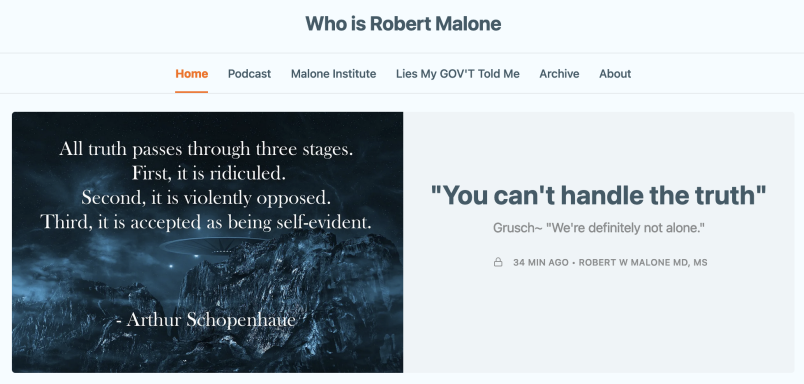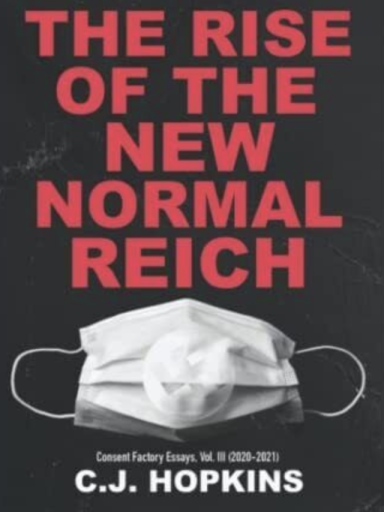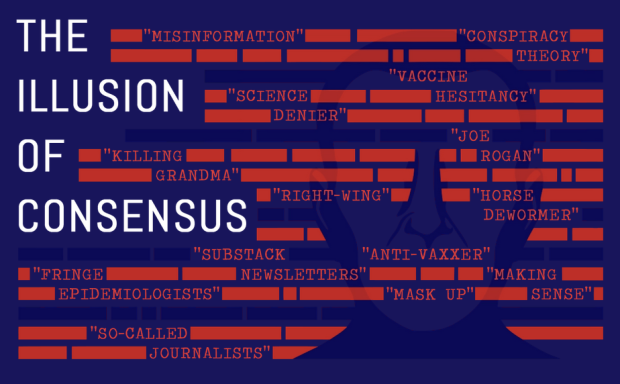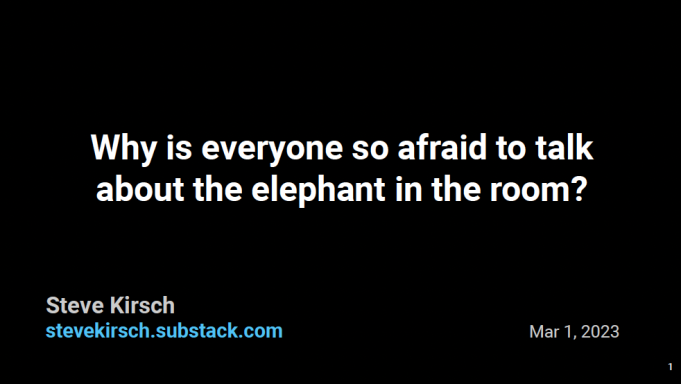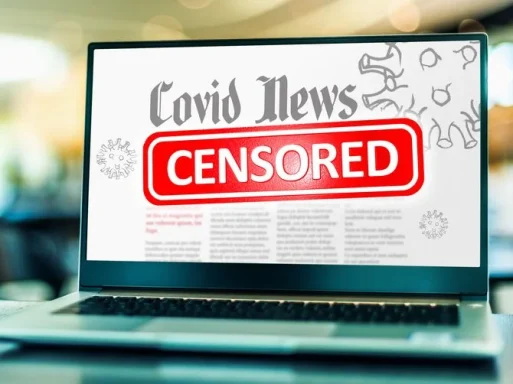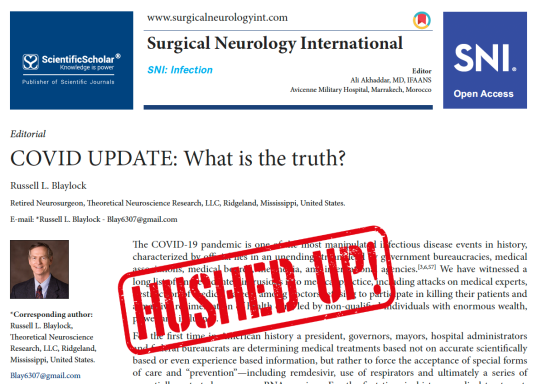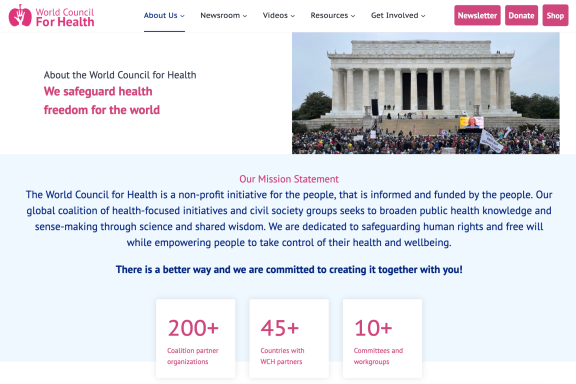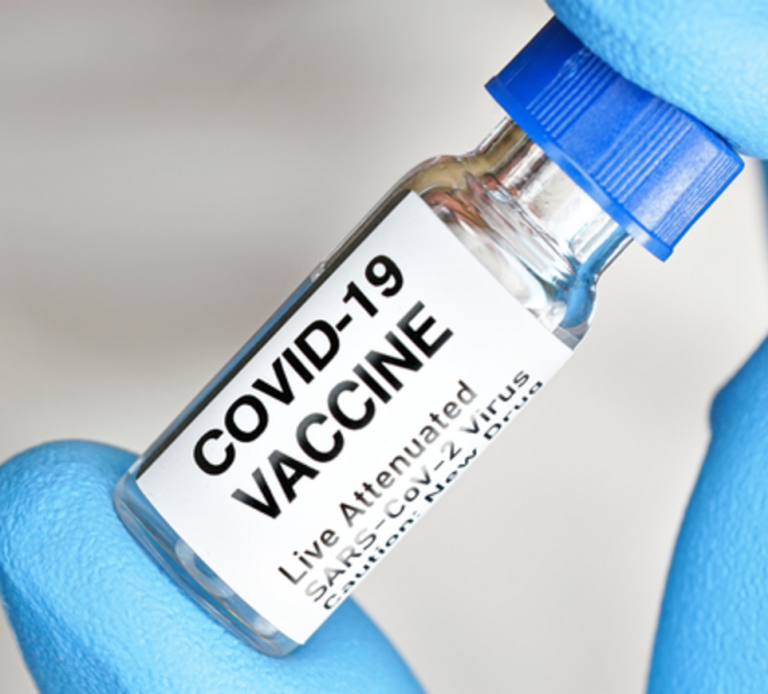COVID-19
Have we been duped?
The so-called 'Global Pandemic' has many layers, and it is sometimes difficult to differentiate fact from fiction from conspiracy. The issues we faced were so highly charged - both politically and emotionally - that it has been easy for people's positions to become entrenched and then, as new evidence emerges, to deny what is coming into plain sight. Here we will try to unpick some of the knotty issues that societies have been grappling with since early 2020.
Why dwell on the Covid-19 issue? Isn't it over?
Now in 2023, we have almost forgotten that the Covid-19 pandemic gripped us for the best part of 2 years. Most governments are barely pushing the vaccine on us anymore or reminding us to keep 2 metres apart. The pandemic has quite simply petered out.
But there are many reasons why we should not forget what happened, and why we need to examine what went on behind the scenes . First, the Covid-19 digital vaccine passports may continue to be rolled out, despite their inefficacy. The EU is trying to turn this into a digital health passport. So if you want to travel into or around the EU, have you taken all the WHO-mandated vaccines? Second, we need to learn the lessons from Covid-19 so that we as regular citizens or healthcare professionals are not so gullible next time. The topics below explore some of the lies we were told.

Some alternative voices - from the wilderness to mainstream audiences
Below are links to key figures in the information wars on Covid-19. Go and read or listen to them and judge for yourself. Apply a litmus test: (a) do they sound sane? (b) are they asking the right questions? (c) what is their motivation? (d) is there any money behind them?
Explore the issues for yourself!
Vaccines
The COVID-19 vaccines have been one of the most divisive issues faced in the modern era, splitting families down the middle, ousting thousands of workers from their jobs, and preventing free flow of people across borders. Here we examine some of the evidence that suggests COVID-19 vaccines are not quite so 'safe and effective' as we have been told. As a matter of established fact now, there is strong evidence that they can be highly dangerous for many people, not just in rare cases.
PCR tests
How you diagnose a disease has massive bearing on how important it is, but also how it is perceived. From the start it was known that the relatively new Polymerase Chain Reaction (PCR) technique was flawed and thereby grossly exaggerated the number of COVID-19 cases. Indeed, if asymptomatic disease had not been counted, then it would have been a normal flu season. Note how the number of diagnosed flu cases reduced to almost zero while COVID-19 was being diagnosed. Think about what that means.

Masks
The COVID-19 pandemic spurned a whole wave of new research on the effectiveness of face masks. At the start, the World Health Organization said there was no evidence that masks reduce the spread of a virus. Then came new research that led governments to mandate masks in indoor spaces. And now the latest meta-analysis concludes that wearing masks in the community probably makes little or no difference to the outcome of influenza/SARS‐CoV‐2. So what is the truth? And what about the impact on people's comfort and on children's learning?

The gold-standard Cochrane review found no impact of surgical masks
According to the review, ten studies took place in the community, and two studies in healthcare workers. Compared with wearing no mask in the community studies only, wearing a mask may make little to no difference in how many people caught a flu-like illness/COVID-like illness (9 studies; 276,917 people); and probably makes little or no difference in how many people have flu/COVID confirmed by a laboratory test (6 studies; 13,919 people). The result was similar for N95/P2 respirators.
Systematic review of undesirable side-effects of mask-wearing shows multiple impacts
The authors explore the psychological and physical deterioration as well as multiple symptoms described because of their consistent, recurrent and uniform presentation from different disciplines as a Mask-Induced Exhaustion Syndrome (MIES). These included but are not limited to: oxygen drop and fatigue, respiratory impairment, CO2 rise, headache, temperature rise, and moisture under the masks (thus impacting skin condition). They conclude that extended mask-wearing by the general population could lead to relevant effects and consequences in many medical fields
Treatment
For many, admission to hospital with COVID-19 was like a death sentence, and for many - sadly - it literally was. With hindsight, ineffective treatments were advocated while effective treatments were ignored or discredited. Many doctors became barred from medical practice because they chose to continue giving the treatments that were working for their patients. Policy makers continued to ignore new evidence as it became available and doctors remained silent. Many hospitals were empty or half-empty (with their staff releasing dance videos in the wards) and patients with other afflictions were kept away. So what caused our medical systems to become paralysed with what was a slightly elevated flu season?

Natural immunity
Another area of disagreement across the scientific community has been the extent of natural immunity: the protection of having had COVID-19 to further episodes. On this one, the vaccine camp has had the upper hand in the argument - and telling people that they should continue to get vaccinated even if they have had COVID-19. However, it is now known that protection against most variants is around 75% after 1 year, which is significantly greater than the protection provided by any vaccine. This was suspected or known for some time; however, the vaccine has continued to be pushed as a blanket policy. Here we review and present some evidence.

Origins
Attempts to trace the origin of the virus have been thwarted, but now enough evidence exists to say with high confidence that the virus was created in a laboratory. Whether it was intentionally or unintentionally leaked has yet to be established. Apart from being a bitter and tragic irony, this raises serious questions about whether there continues to be justification for conducting gain-of-function research.

Lockdowns
When we have 20/20 hindsight, we can easily be critical of how we may have overreacted to controlling a potentially lethal pathogen. At the start, the limited understanding of transmissibility made it difficult to fine-tune the policy response to minimise the impact on the economy while controlling the disease. However, as the understanding of the disease improved and later variants became milder, continued damage was unnecessarily inflicted on economies and on people's lives.

W.H.O.'s role and the 'Pandemic Treaty'
An adjustment to the International Health Regulations (IHR) seeks to shift considerable power to W.H.O. to be able to respond to future pandemics and other health events of global significance. But has W.H.O.'s handling of COVID-19 given the world confidence that such new powers should be invested in W.H.O.? Take for example their hysterical treatment of monkeypox as the next global pandemic.
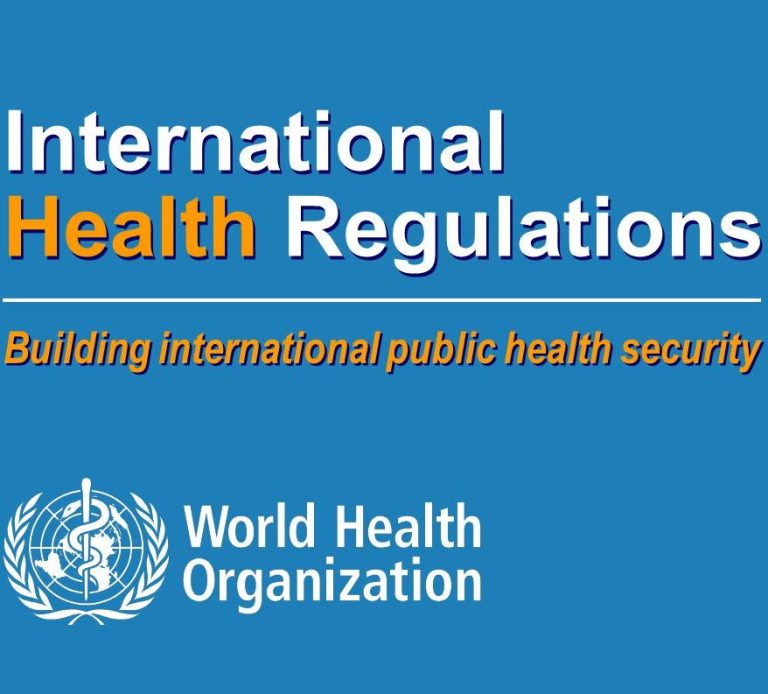
Public health reporting
In many countries, public health reporting during the COVID-19 pandemic has been intransparent at best, and intentionally misleading at worst. In other cases, public health agencies have completely ignored danger signs indicated in their very own systems (e.g. VAERS in the USA, Yellow Card in the UK) and refused to publicly examine whether there is a problem with the vaccines. The question is, what happened to the transparency and public debate that democratic societies stand for?

We need your consent to load the translations
We use a third-party service to translate the website content that may collect data about your activity. Please review the details and accept the service to view the translations.

